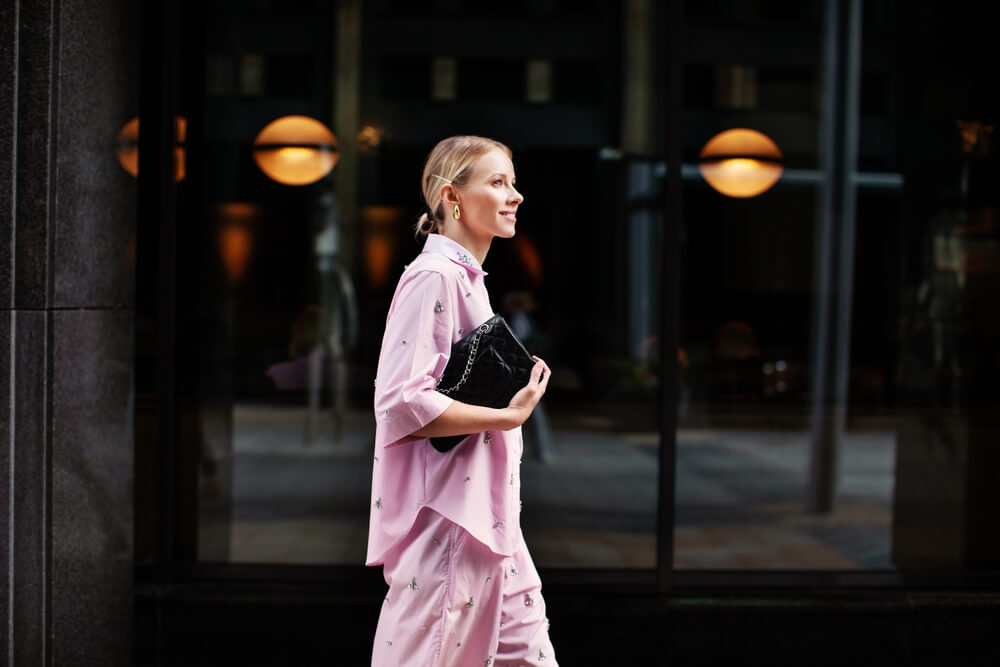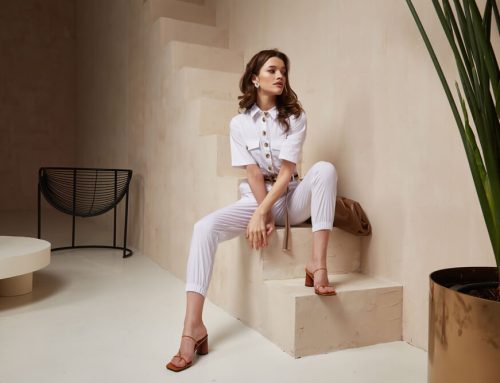Fashion is often seen as a glamorous industry filled with stunning designs and chic runways. However, the history of fashion is filled with quirky stories, strange trends, and surprising turns. Let’s dive into some of the most peculiar tales behind the ever-evolving world of fashion.
Ancient Beginnings: The First Fashion Trends
Believe it or not, fashion dates back to ancient civilizations. The Egyptians were among the first to use clothing as a status symbol. They wore garments made from linen, which was not only comfortable but also breathable in the hot desert climate.
The Colorful Hieroglyphics
The colors worn by the elite were often vibrant and eye-catching. Bright hues were achieved using natural dyes made from plants and minerals. This trend set the foundation for fashion as a means of self-expression. The ancient Egyptians also had an interesting take on accessories. They adorned themselves with jewelry made from gold and gemstones, showcasing their wealth and status.
The Romans and Their Togas
Fast forward to ancient Rome, where fashion took an even weirder turn. Roman citizens wore togas, which were essentially large pieces of fabric draped around the body. The toga was a symbol of Roman citizenship and was often complicated to wear. It required careful folding and wrapping, which could be quite a challenge. This cumbersome style reflected the societal structure, where appearance signified status.
The Dark Ages: A Shift in Styles

After the fall of the Roman Empire, Europe entered the Middle Ages. Fashion took a strange turn during this period. Clothing became more utilitarian, and the focus shifted from aesthetics to functionality.
The Rise of the Padded Garments
During the 14th century, padded garments became popular. These “padded” pieces were made of wool and often stuffed with straw or other materials to give them shape. The look was rather peculiar, resembling a walking pillow! This trend allowed people to stay warm in the colder months but was not the most flattering.
The Importance of Modesty
In addition to padded clothing, modesty became a key aspect of fashion. People wore layers upon layers of fabric, which covered their bodies entirely. This led to a rather boxy and shapeless appearance. It wasn’t until the Renaissance that fashion began to take on more structure and flair.
The Renaissance: A Flourishing of Styles
The Renaissance was a time of creativity and innovation. Artists and designers began experimenting with new fabrics, cuts, and colors. This era gave birth to some of the most beautiful and extravagant clothing in history.
The Weirdness of Ruffs and Farthingales
One of the standout trends of the Renaissance was the ruff—a large, frilly collar that surrounded the neck. Ruffs could be incredibly elaborate, made from lace and decorated with jewels. They added a dramatic flair to outfits but were also quite impractical.
Farthingales, on the other hand, were underskirts designed to create a bell shape in women’s dresses. These structures were made from hoops or wooden frames, making dresses look exaggeratedly wide. Imagine navigating a doorway in a dress that took up more space than you did!
The 18th Century: Fashion and Revolution
As the 18th century rolled around, fashion began to reflect societal changes. The French Revolution had a significant impact on clothing styles. The opulent garments of the aristocracy quickly gave way to simpler, more practical attire.
The Shift to Simplicity
During this time, styles became less extravagant. The focus shifted to comfort and ease, leading to the popularity of garments like the chemise and empire waist dresses. These simpler designs allowed people to move freely, which was a refreshing change from the constricting fashions of the previous century.
The Invention of the Crinoline
However, the 19th century saw the rise of the crinoline. This was a stiffened or structured fabric that created a bell shape in skirts. Although it added volume and flair to dresses, it also made it quite challenging to navigate crowded spaces. Women often found themselves struggling to fit through doorways!
The 20th Century: The Rise of the Fashion Industry

The 20th century marked the birth of modern fashion as we know it today. Designers began to emerge, and fashion shows became popular events.
The Surrealism Movement
One of the weirdest moments in fashion history came during the surrealism movement. Designers like Salvador Dalí collaborated with fashion houses, creating bizarre and avant-garde pieces. These outfits challenged conventional beauty standards and pushed boundaries.
The Mini Skirt Revolution
Then came the 1960s, a time of rebellion and change. The mini skirt made its debut and quickly became a symbol of youth culture. While it was celebrated by many, others deemed it scandalous. This piece of clothing sparked discussions about freedom, femininity, and body image.
The Digital Age: Fashion in a New Era
Today, fashion continues to evolve in strange and unexpected ways. The rise of social media has transformed how trends emerge and spread.
The Influencer Phenomenon
Influencers now hold significant power in the fashion world. Their ability to reach vast audiences has created trends that can go viral overnight. While this has democratized fashion, it has also led to some bizarre trends, such as oversized clothing or “ugly” sneakers.
Sustainability and Innovation
Moreover, there’s a growing emphasis on sustainability. Brands are exploring innovative materials, like fabrics made from recycled plastics or mushrooms. This shift reflects a collective awareness of the environmental impact of the fashion industry.
Final Thoughts: Embracing the Weirdness
Fashion has always been a reflection of society, culture, and individual expression. The weird stories behind fashion show us that trends come and go, but the essence of creativity remains.
Whether it’s the opulence of the Renaissance, the rebellion of the 1960s, or the quirky trends of today, fashion continues to surprise us. Embrace the weirdness, explore your personal style, and remember that fashion is ultimately about expressing who you are. So go ahead, have fun with it, and don’t be afraid to take risks!






Leave A Comment